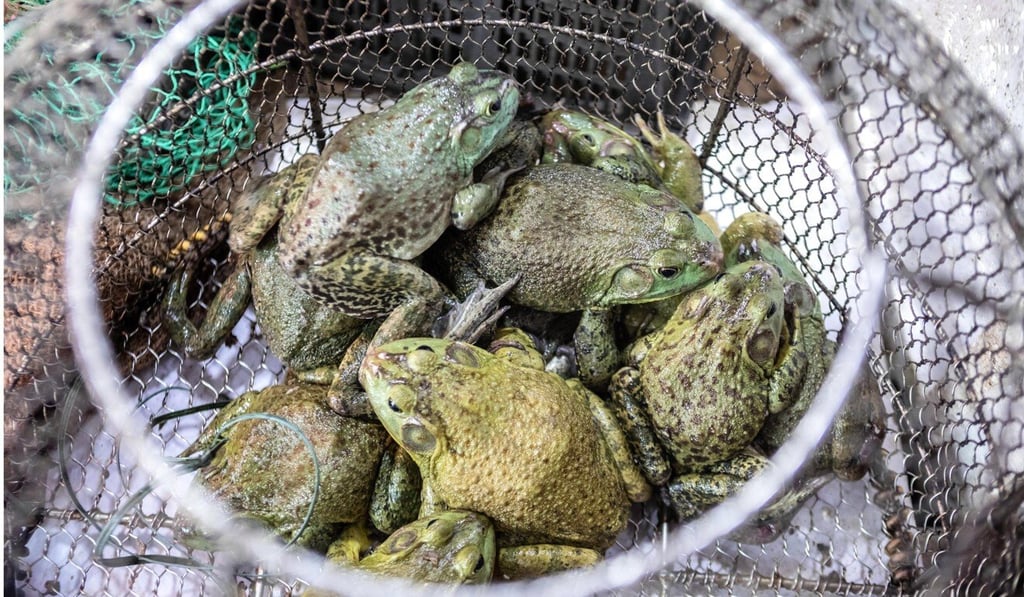Advertisement
Coronavirus: Asian vets head to Australia to prepare for next pandemic
- Scientists will teach 200 veterinary surgeons to detect infectious diseases before they leap from animals to humans – like Covid-19 did
- This is part of a three-year Australian government project and an Indo-Pacific programme to take a more proactive approach to fighting pandemics
Reading Time:3 minutes
Why you can trust SCMP

As the coronavirus death toll surpasses 250,000 and the world scrambles to find a vaccine, a new scientific task force is headed to the wilderness to try and stop the next pandemic.
After decades of patchy global investment into researching the linkages between animal and human health, more than 40 scientists will embark on an Australian government-funded programme that will teach veterinary surgeons in Southeast Asia and the Pacific how to detect infectious diseases – before they make the leap into the human population.
“The majority of infectious diseases are zoonotic, which means they are transmittable from animals to humans,” said Navneet Dhand, associate professor of veterinary biostatistics and epidemiology at the University of Sydney.
Advertisement

Detecting diseases early in the animal population would help prevent future outbreaks among humans, said Dhand, who helms the effort.
Advertisement
To that end, the Australian government has pledged A$4.3 million (US$2.8 million) to the three-year project that covers 11 countries across the region. It’s part of an existing A$300 million (US$193 million) Indo-Pacific programme that pushes for a more proactive approach to fighting pandemics and strengthening health security.
Advertisement
Select Voice
Choose your listening speed
Get through articles 2x faster
1.25x
250 WPM
Slow
Average
Fast
1.25x